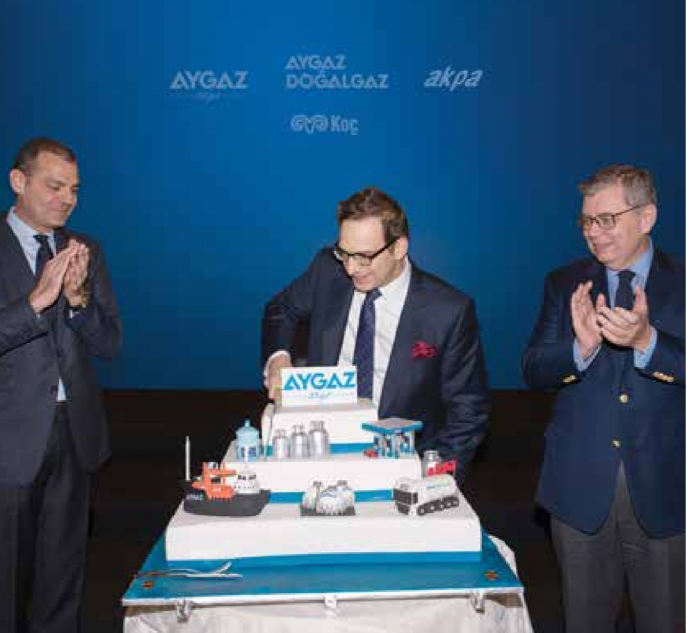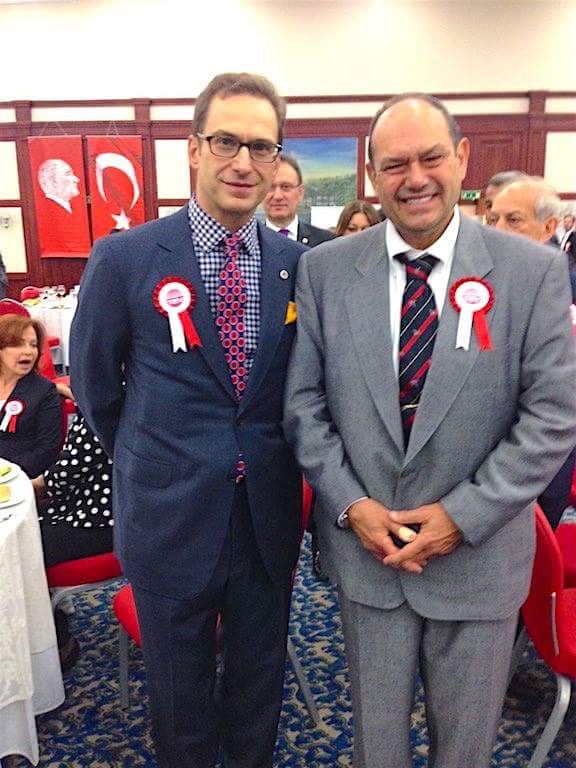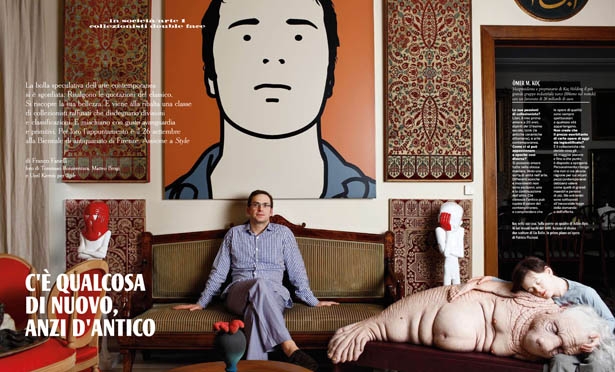

This small and exceptionally rare group of Iznik pottery is characterised by an intense, inky, blue-black colouring, which reflects the embryonic stage of firing control, before the use of cobalt blue had been mastered by the potters. The ‘Debbane Charger’ is a new and remarkable addition to this select assemblage of pieces, published here for the first time. It belongs to the earliest group of Iznik, produced during the reigns of Mehmet II (‘the Conqueror’, r.1451-81) and his son, Bayezid II (r.1481-1512), the finest examples of which are almost all in museum collections. This large dish, or charger, is without question one of the most important pieces of Iznik pottery to remain in private hands, and represents a significant discovery to the field of Ottoman art. NOTWITHSTANDING THIS REPORT OR ANY DISCUSSIONS CONCERNING A LOT, ALL LOTS ARE OFFERED AND SOLD AS IS" IN ACCORDANCE WITH THE CONDITIONS OF BUSINESS PRINTED IN THE SALE CATALOGUE."

Prospective buyers should also refer to any Important Notices regarding this sale, which are printed in the Sale Catalogue.

Prospective buyers should inspect each lot to satisfy themselves as to condition and must understand that any statement made by Sotheby's is merely a subjective, qualified opinion.
Omer koc esi professional#
Since we are not professional conservators or restorers, we urge you to consult with a restorer or conservator of your choice who will be better able to provide a detailed, professional report. "In response to your inquiry, we are pleased to provide you with a general report of the condition of the property described above.
Omer koc esi crack#
In good overall condition, hairline crack stretching across three quarters of the dish through the centre, with associated slight discolouration and very minor areas of infill along the crack, various small rim chips, some scratches to the glaze, mostly at the centre, as viewed. "Alexandrians of fifty years ago, who saw this sharply dressed and groomed young man with a short moustache, lavalliere tie and a big black felt hat walking the streets in dark solitude, would never have guessed that beneath a romantic appearance hid a temperament of a chartist and a scholarly vocation." ( Cahiers d'Alexandrie, Série IV, fascicule 1, Alexandria, 1966, p.58). He was part of the Debbane family that had previously arrived in Alexandria in the nineteenth century, a member of which – Count Miguel Debbane – founded a Greek Catholic church in Alexandria that remains in use to this day. After Debbane’s death, much of his library and collection was sold, with the American University in Cairo acquiring several thousand volumes on history and art. He had a great love of books, purchasing widely from both dealers and auctions. Fraser and Etienne Drioton, among others. He was a passionate defender of the archeological heritage of Alexandria to the Society as well as local and foreign scientific publications seeking his collaboration.ĭebbane was a friend to the many scholars, writers and artists who both lived in and visited Alexandria in the first half of the twentieth century, including André Gide, Jean Cocteau, P.M. He patronised many leading cultural institutions in the town of his birth including the Greco-Roman Museum and Conservatoire, and was served as President of the Archaeological Society.

The bibliophile and businessman Max Debbane was born into an Syrian-Lebanese family, and was educated in both Alexandria and Paris prior to the First World War. Ex-collection Max Debbane (1893-1965), Alexandria, Egypt.Īcquired from Max Debbane’s daughter in 1968.


 0 kommentar(er)
0 kommentar(er)
